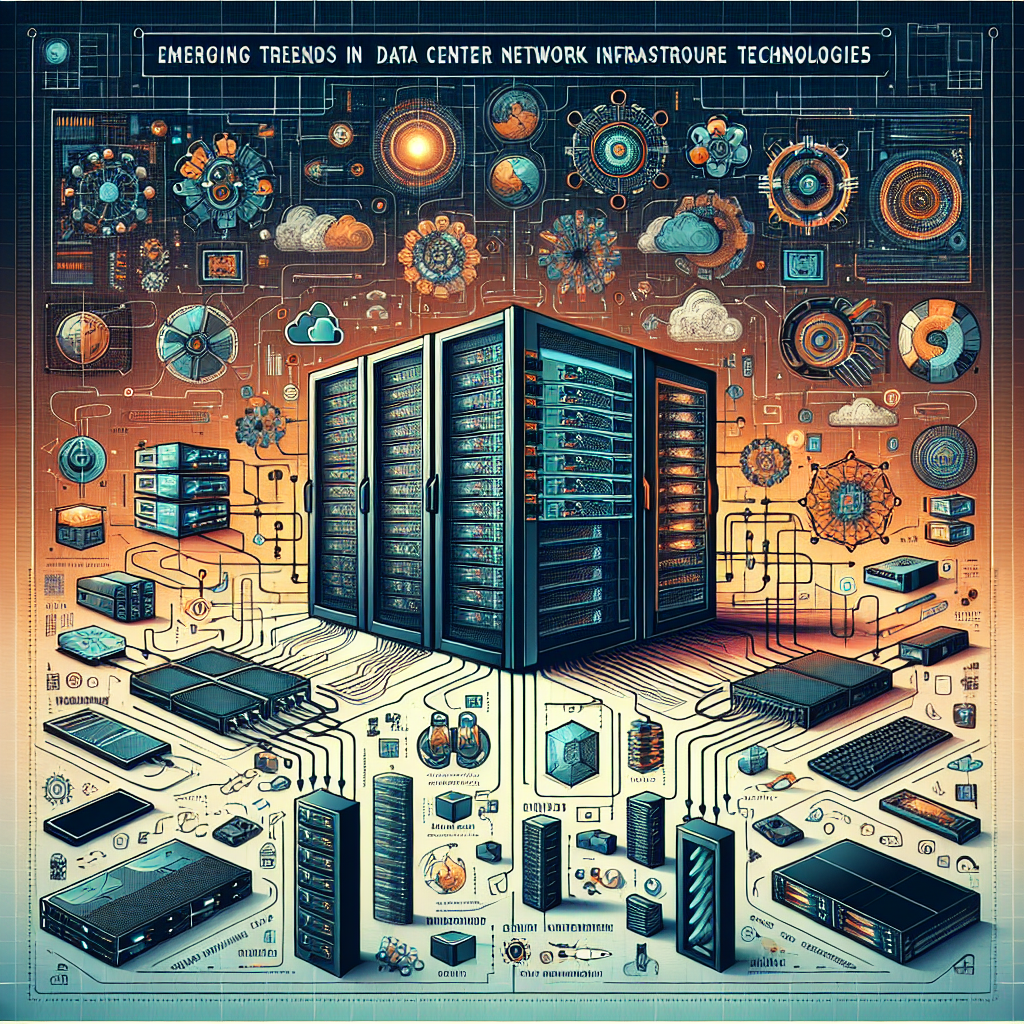Data centers serve as the backbone of modern businesses, storing and processing vast amounts of data to keep operations running smoothly. As technology continues to evolve at a rapid pace, data center network infrastructure technologies are also advancing to meet the increasing demands of businesses and consumers. Here are some emerging trends in data center network infrastructure technologies that are shaping the future of data center management:
1. Software-defined networking (SDN): SDN is a technology that allows network administrators to programmatically control and manage network resources through software applications. By decoupling the control plane from the data plane, SDN enables greater flexibility, scalability, and automation in data center networks. This technology is becoming increasingly popular in data centers as it simplifies network management, improves network performance, and reduces operational costs.
2. Network function virtualization (NFV): NFV is a technology that virtualizes network functions such as firewalls, load balancers, and routers, allowing them to run as software on standard servers rather than dedicated hardware appliances. This enables data centers to be more agile and cost-effective by reducing the need for physical networking devices and simplifying network provisioning and management.
3. Intent-based networking (IBN): IBN is a networking technology that uses machine learning and artificial intelligence to automate network configuration and management based on the intent of the network administrator. By translating high-level business policies into network configurations, IBN simplifies network operations, improves network security, and enables faster troubleshooting and remediation of network issues.
4. Edge computing: Edge computing is a distributed computing paradigm that brings computation and data storage closer to the sources of data generation, such as IoT devices, sensors, and mobile devices. By processing data at the edge of the network rather than in centralized data centers, edge computing reduces latency, improves data security and privacy, and enables real-time data analysis and decision-making.
5. 5G networking: 5G is the next generation of mobile networking technology that promises faster data speeds, higher bandwidth, and lower latency compared to 4G networks. In data centers, 5G networking enables greater connectivity and flexibility for mobile devices and IoT devices, driving the adoption of edge computing and enabling new use cases such as autonomous vehicles, smart cities, and immersive virtual reality.
In conclusion, emerging trends in data center network infrastructure technologies are revolutionizing the way data centers are designed, deployed, and managed. By leveraging technologies such as SDN, NFV, IBN, edge computing, and 5G networking, data center operators can create more agile, efficient, and secure networks that meet the evolving needs of modern businesses and consumers. As data centers continue to play a crucial role in the digital economy, staying abreast of these emerging trends is essential for organizations looking to stay competitive and innovative in the ever-changing landscape of data center management.


Leave a Reply